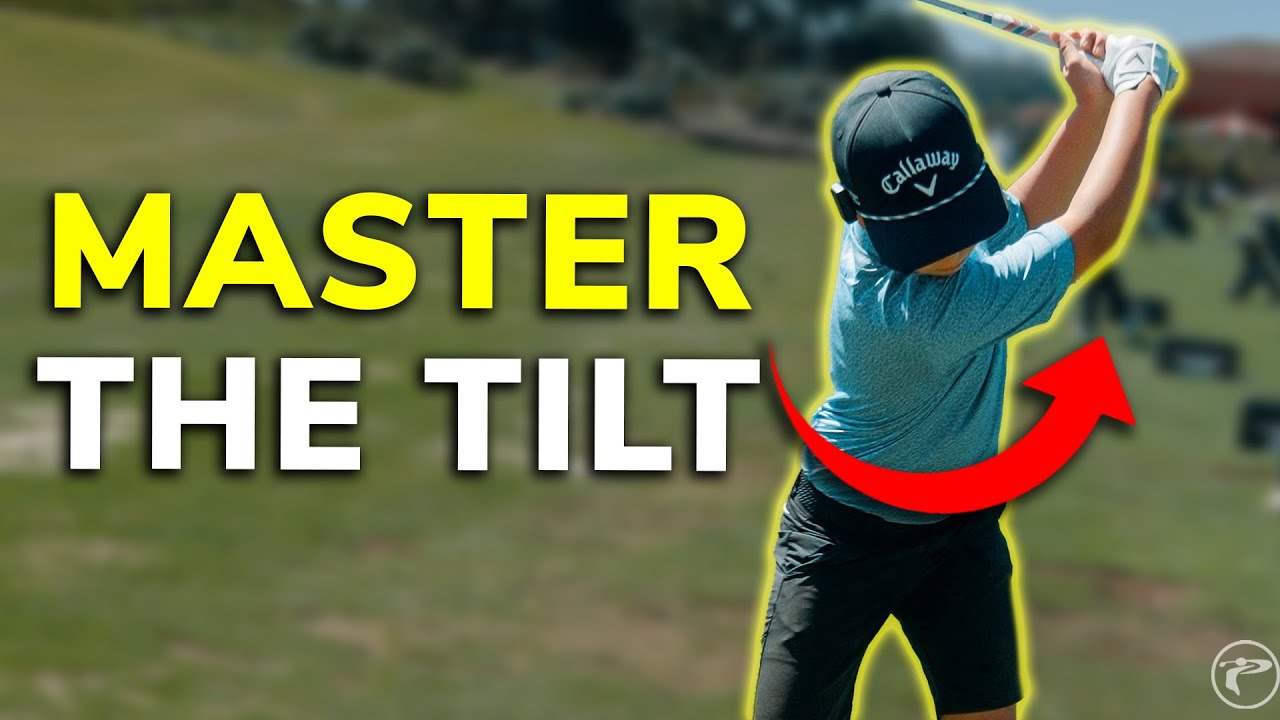
Unlock the secret to enhancing your golf swing by mastering secondary tilt. Learn how strategic positioning of your hips and spine can transform your game and bring consistency to your swings.
Table of Contents
- Understanding Secondary Tilt
- Correcting Ball Position
- The One and One Drill
- Driver Setup Considerations
- Maintaining a Consistent Swing
- Final Thoughts on Secondary Tilt
Understanding Secondary Tilt
Secondary tilt is a subtle yet crucial component in your golf swing mechanics. It involves a slight adjustment in your spine angle due to a hip shift during setup and swing, which aligns your upper body over the ball, resulting in a more powerful strike. Mastering this technique offers improved consistency and effectiveness on the course.
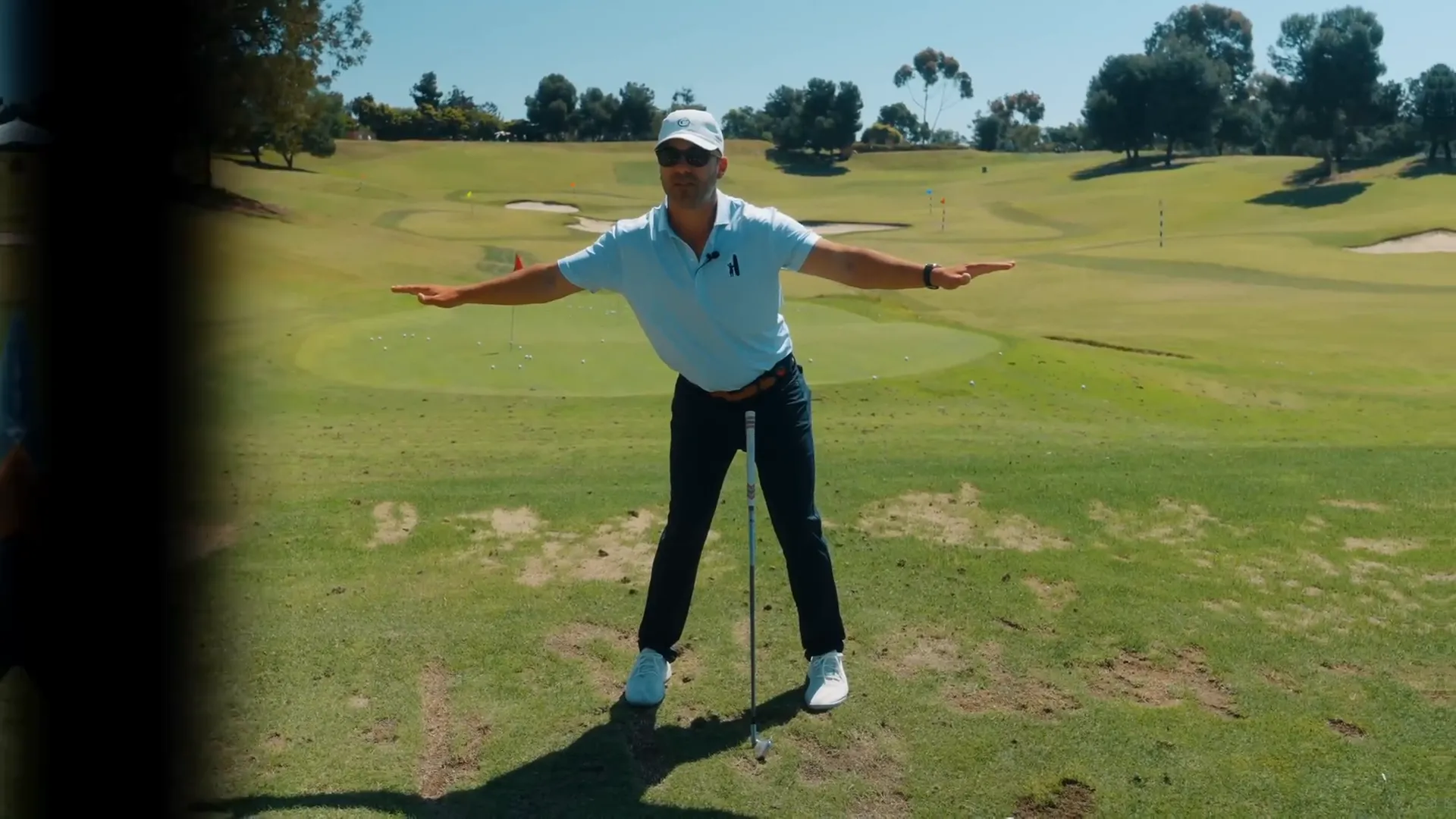
Primary vs. Secondary Tilt
It’s important to differentiate between primary and secondary tilt. Primary tilt is the inclination of the body towards the ball, viewed from a down-the-line angle. In contrast, secondary tilt is induced by a hip bump, creating a minor yet effective spinal angle—each serving distinct purposes in optimizing swing mechanics.
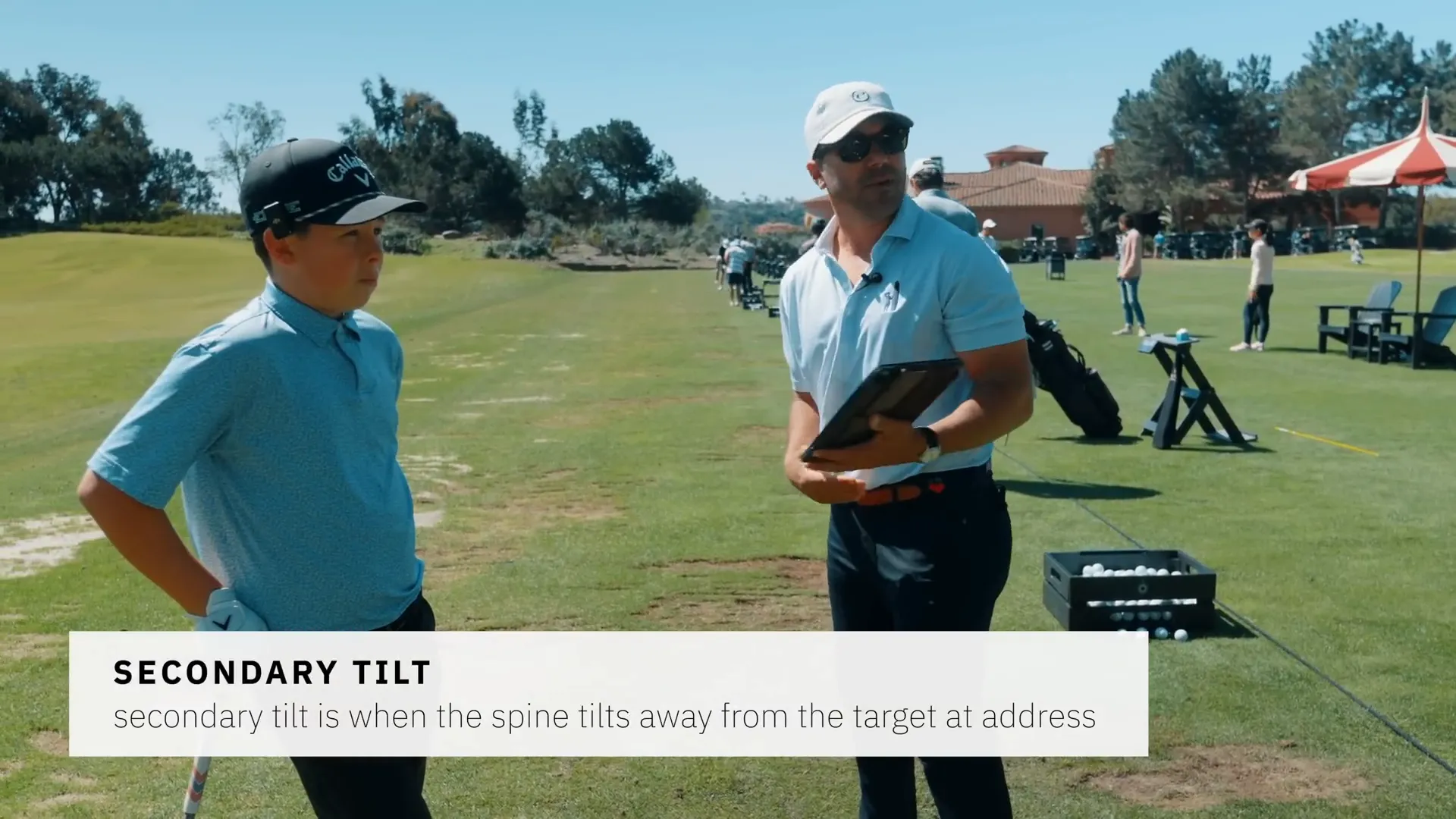
The Importance of Hip Bump
The hip bump is a fundamental movement establishing secondary tilt. By moving your hips slightly forward, you correctly position your spine over the ball, ensuring a balanced stance and level shoulder alignment through the swing.
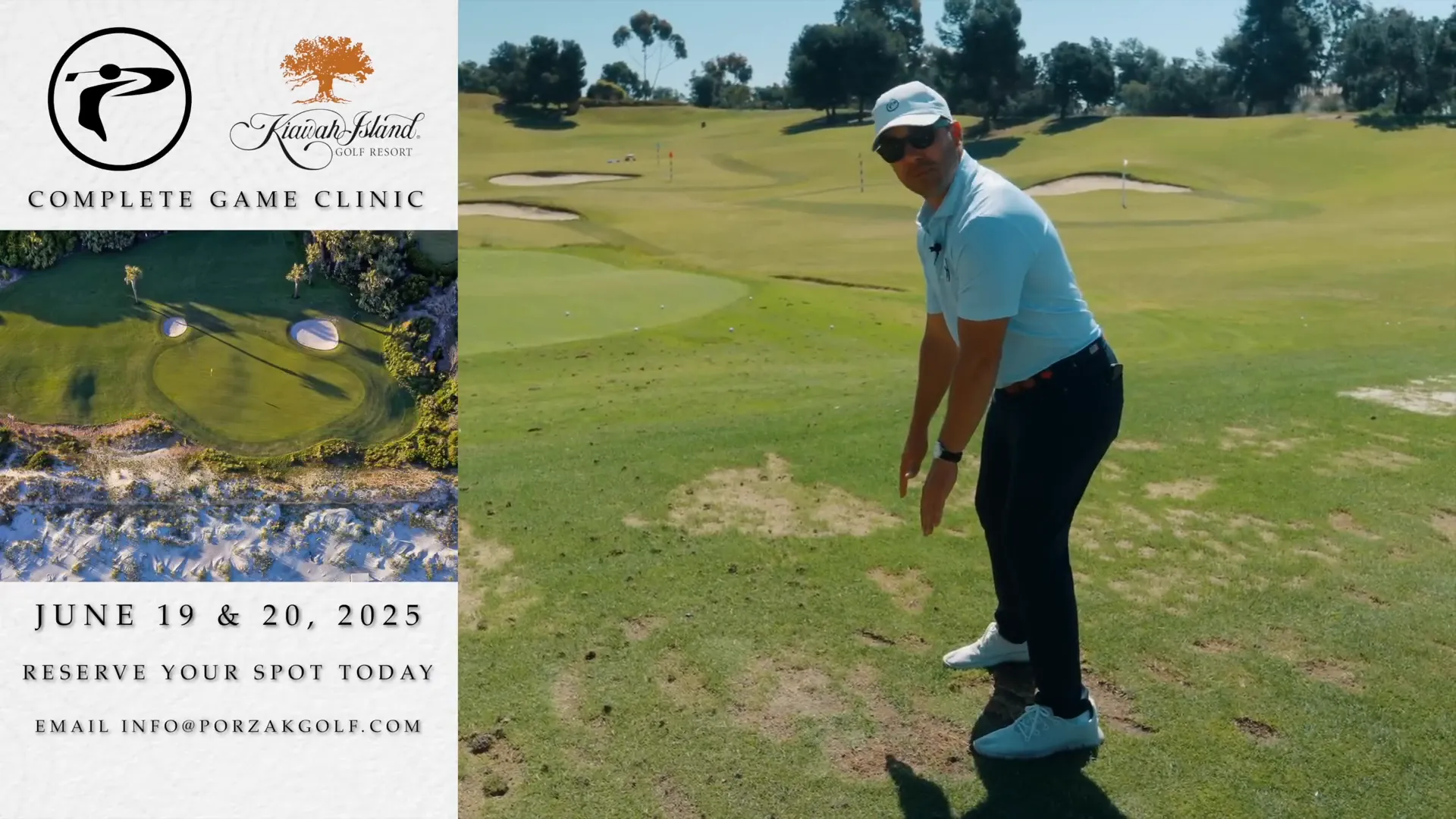
Visualizing Spine Angles
Visualizing your spine angles helps understand the impact of secondary tilt. Ensure your sternum stays behind the ball as your hips shift forward—this creates a dynamic swing path, enhancing accuracy and distance.
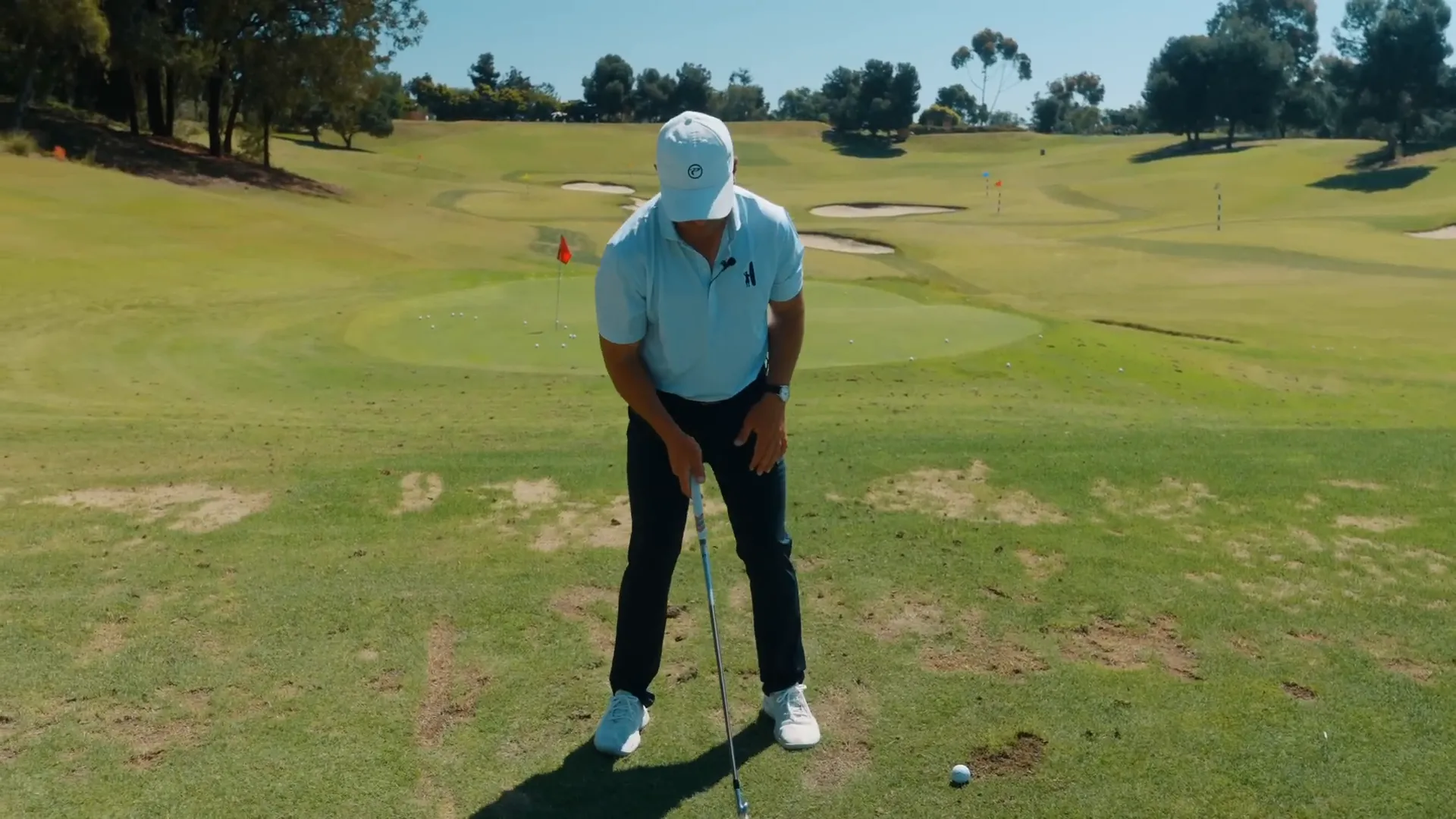
Keeping Shoulders Level
Level shoulders are vital for consistency. During the hip bump, keep your shoulders aligned and square to avoid issues like slicing or hooking the ball. Aim for level shoulders to allow natural secondary tilt.

Setting Up for Success
Your setup lays the foundation for a successful swing. Stand straight, correctly position the ball, and initiate the hip bump without moving your sternum. Such a setup significantly impacts your swing’s consistency and performance.
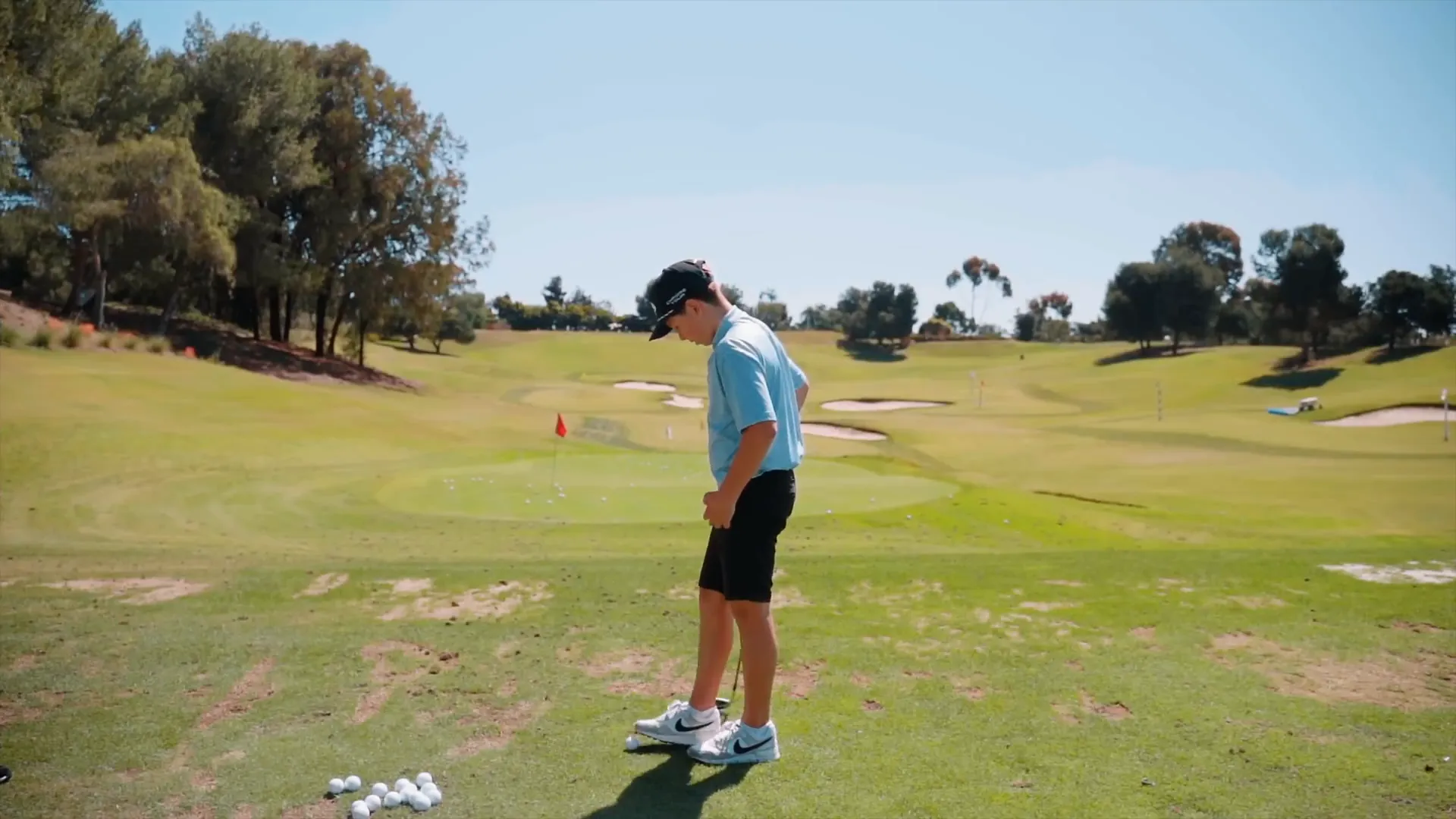
Correcting Ball Position
Ball position greatly affects your swing success. Incorrect placement, like having it too far back, can misalign shoulders and cause inconsistent strikes. Aim to position the ball optimally for the club used to maintain spine angle and promote powerful swings.
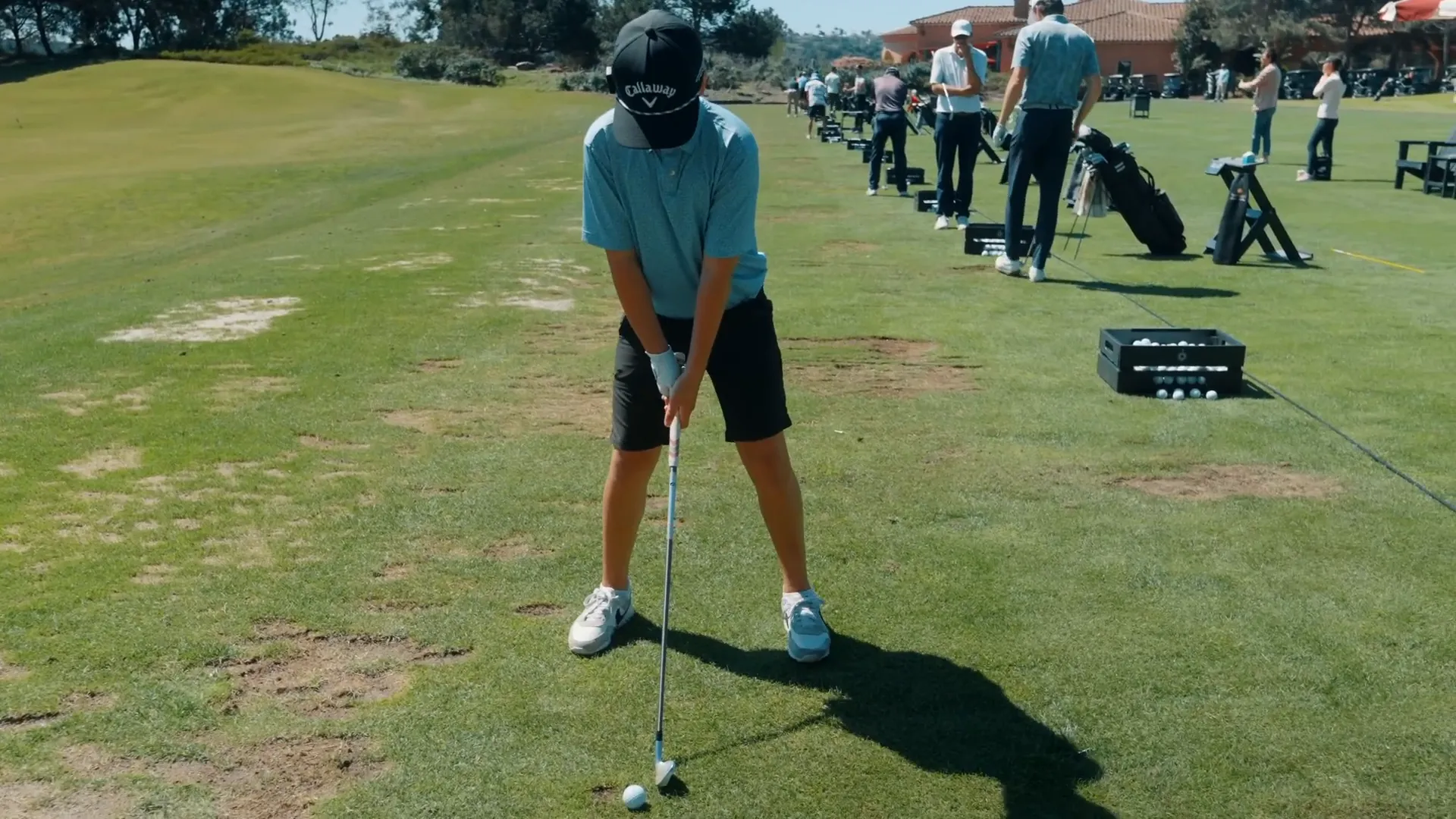
Finding Your Optimal Position
To determine your optimal ball position:
- Stand straight with feet shoulder-width apart.
- Hold the club naturally to see where the clubhead falls.
- Position the ball accordingly, aligning it inside your front foot for drivers, adjusting towards the back for shorter clubs.
Ensure your sternum stays behind the ball as you maintain a steady upper body and make necessary hip adjustments for consistent strikes.
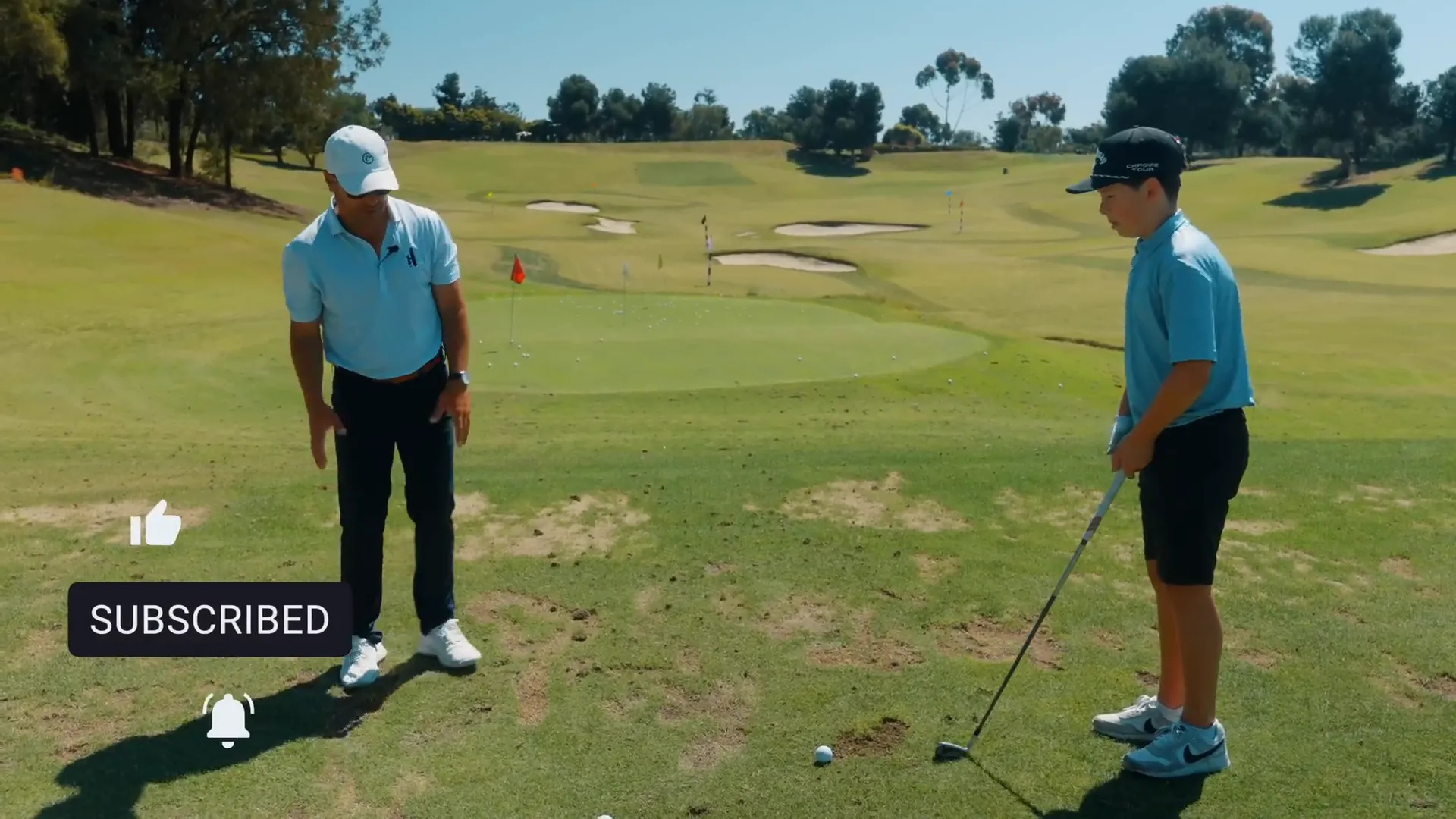
The One and One Drill
The “One and One” drill helps reinforce secondary tilt and proper alignment. Focus on a stable upper body while shifting hips forward.
- Begin from a neutral stance with correct ball position.
- Keep your sternum still as you bump hips forward one inch.
- Shift weight to the inside of your back foot, maintaining balance and alignment.
This drill emphasizes upper and lower body collaboration, ensuring level shoulders and proper tilt for solid swing mechanics.
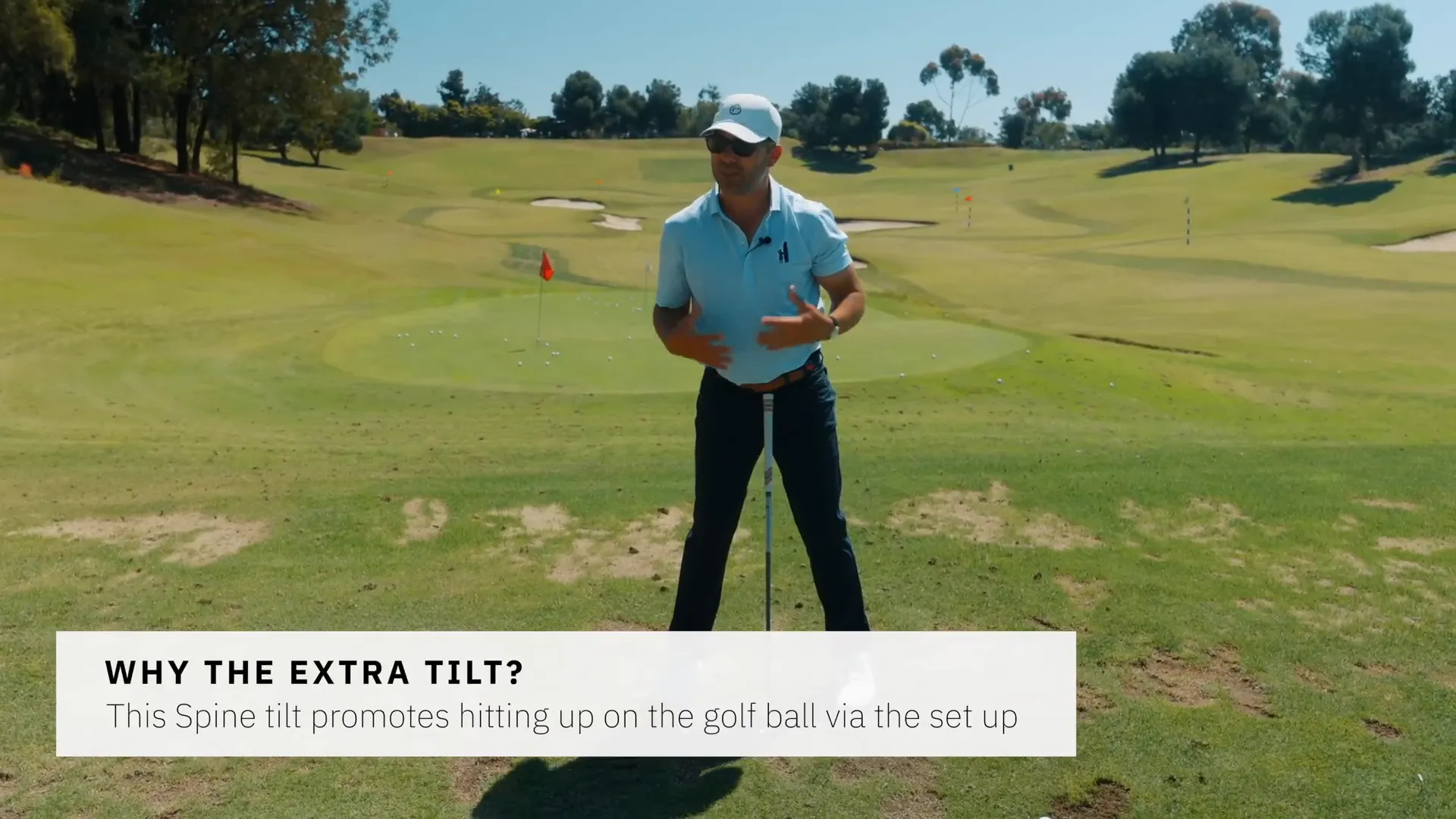
Driver Setup Considerations
Proper driver setup is crucial due to its longer shaft and distinct ball position. Avoid open shoulders to prevent slicing. Position your ball forward, tilt your spine slightly, and maintain square shoulders for maximum control and power.
- Place the ball inside your front foot.
- Keep a slight spine tilt, sternum positioned behind the ball.
- Maintain level, square shoulders throughout setup.
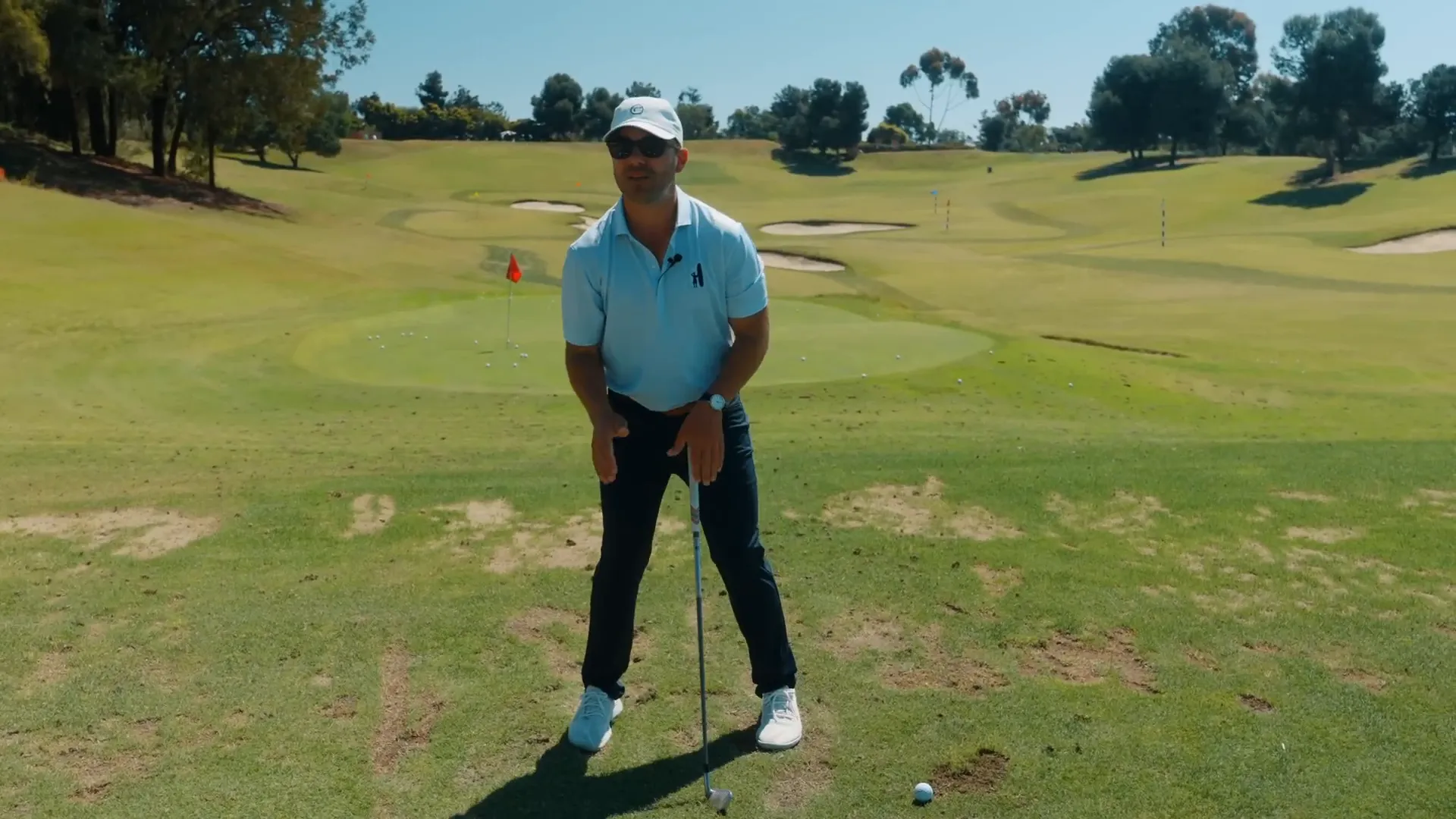
Maintaining a Consistent Swing
Consistency is key to golf success. Once your setup and drills are nailed down, focus on sustaining consistency in your swing.
- Visualize the swing path: Picture the ideal arc for your club during the swing.
- Practice timing: Sync hip bump with shoulder alignment.
- Video your swings: Use recordings to spot and fix swing weaknesses.
By refining these elements, achieve greater accuracy and distance.
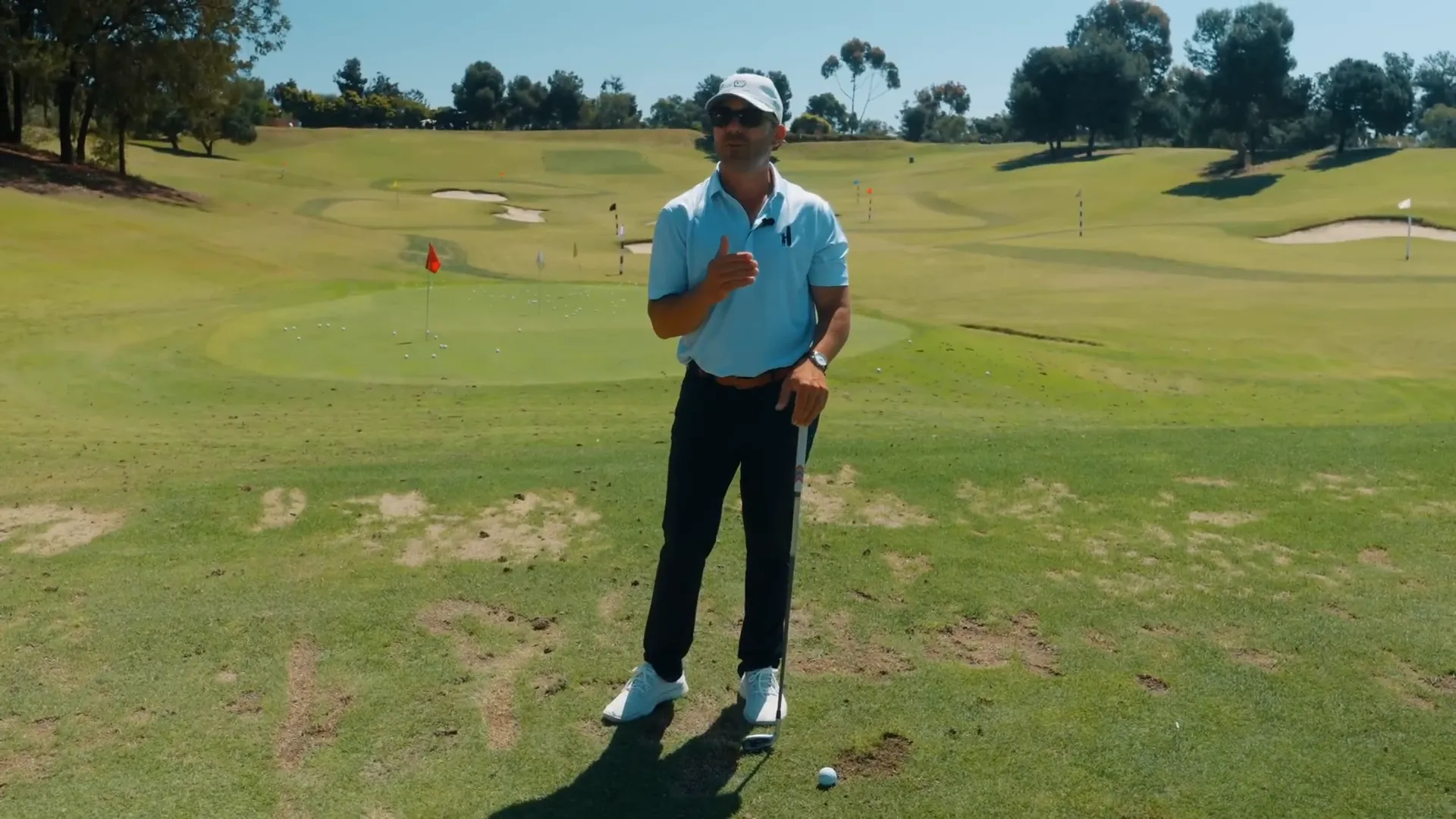
Final Thoughts on Secondary Tilt
Embracing secondary tilt will significantly improve your swing mechanics. By refining your setup, correctly positioning the ball, and practicing specific drills, you’ll establish a powerful and consistent swing.
Always remember, the core of mastering secondary tilt is maintaining your sternum behind the ball while allowing forward hip movement. This synergy between upper and lower body enhances your swing and overall game performance.
Dedicate time to practice these techniques consistently. As you familiarize yourself with your setup and body mechanics, your swing will feel more natural. Happy golfing!

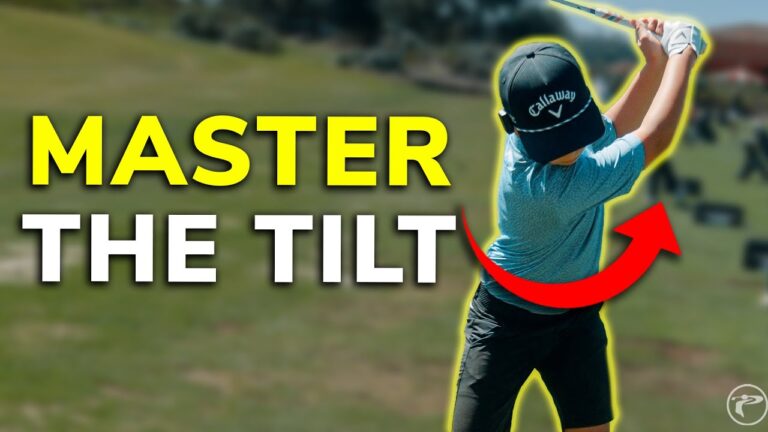
0 Comments